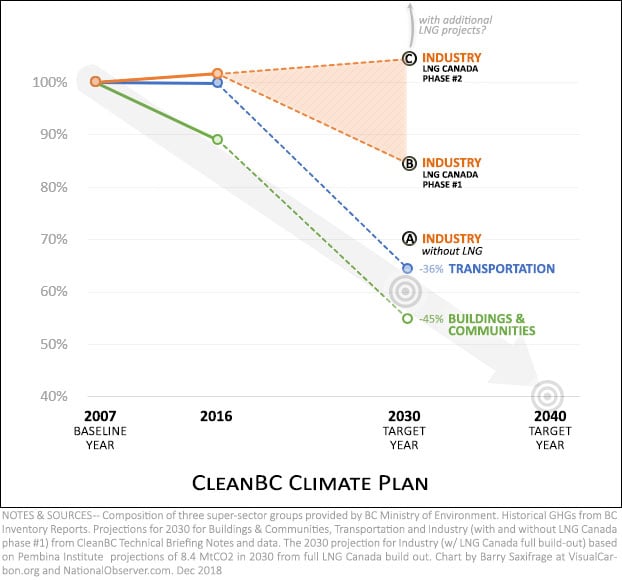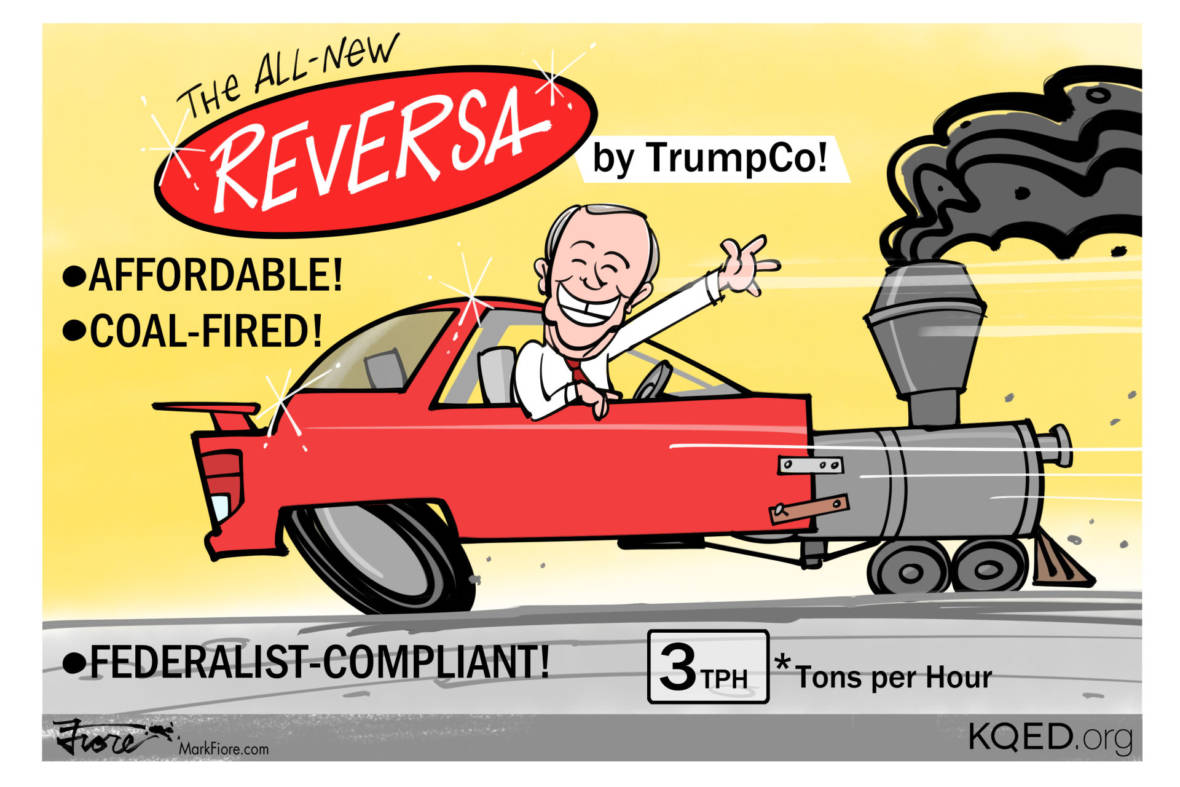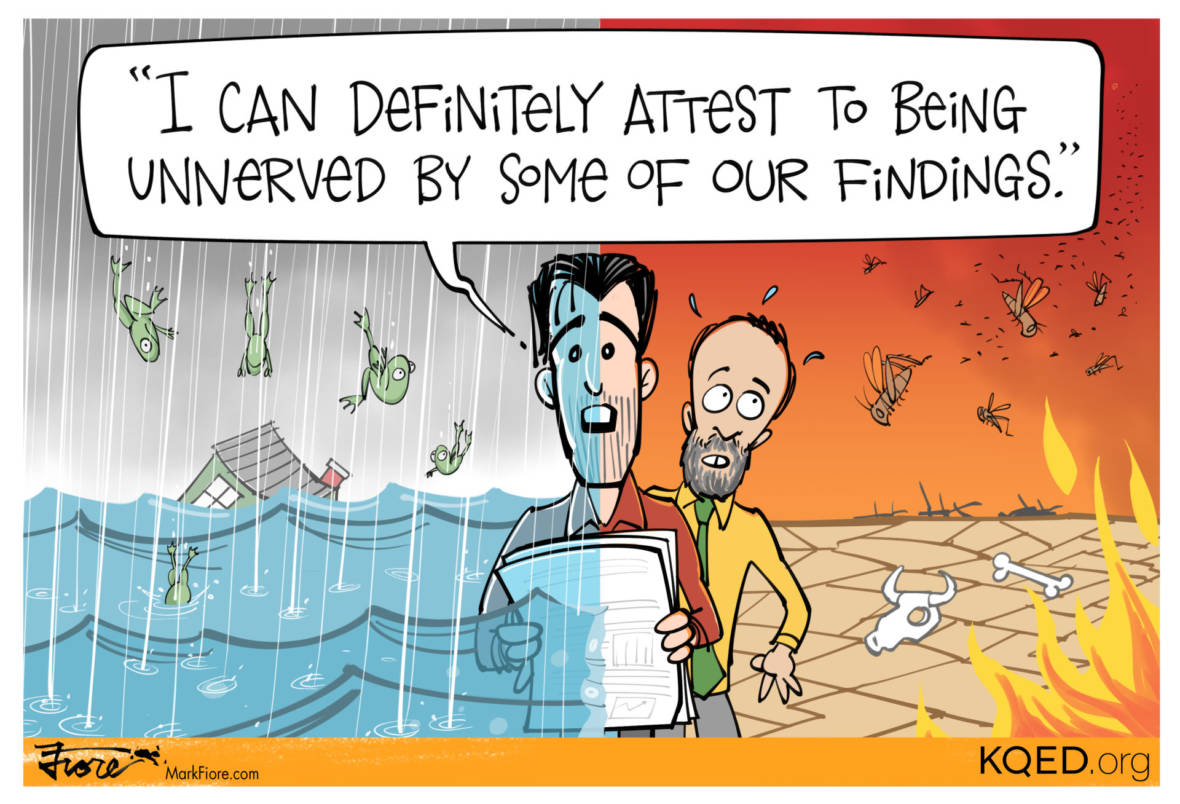Alberta is being bailed out because it has been all but giving away its provincially owned oil and gas natural resources for decades when compared to other countries.
The Norwegian state owns 80% of its petroleum production and transportation infrastructure.
In Canada, petroleum production and transportation infrastructure is 100% owned by foreign and domestic private companies as well as foreign state-owned companies, including from China, France, Korea, Malaysia and Norway and Thailand. ...
From the outset, Norway maintained high non-petroleum taxes despite rising oil revenues. Its tax-to-GDP ratio (currently 42%) is among the highest in the OECD.
Alberta lowered its non-petroleum taxes as petroleum revenues rose, to the point where it now has by far the lowest overall taxes in Canada. This put pressure on other provinces to lower their taxes as well. ...
The Norwegian government captures an estimated 85% of the petroleum economic surplus, mainly through high taxes on producers and directly through the state corporation, SDFI.
The petro-surplus captured by the Alberta government (mainly through its royalty system) is among the lowest of all petroleum producing jurisdictions.
Norway realized revenues of $87.69 per barrel of oil in 2013 while Alberta took in only $4.38 per barrel— one-twentieth what Norway appropriated. (In the 2015-2016 fiscal year, the provincial government forecasts that it "will be collecting $1.54 per barrel of oil this year, a 72 per cent drop from the last fiscal year." https://www.cbc.ca/news/business/alberta-royalty-oilpatch-oilsands-1.390...)
http://behindthenumbers.ca/2015/09/15/norway-canada-economic-and-fiscal-...
But Albertans and Canadians suffer in terms of revenue generated for government in comparison to virtually all other oil and gas producers, even notoriously corrupt regimes.
Canada taxes its oil and gas companies at a fraction of the rate they are taxed abroad, including by countries ranked among the world’s most corrupt, according to an analysis of public data by the Guardian.
The low rate that oil companies pay in Canada represents billions of dollars in potential revenue lost, which an industry expert who looked at the data says is a worrying sign that the country may be “a kind of tax haven for our own companies.”
The countries where oil companies paid higher rates of taxes, royalties and fees per barrel in 2016 include Nigeria, Indonesia, Ivory Coast and the UK. ...
Companies like Chevron Canada paid almost three times as much to Nigeria and almost seven times as much to Indonesia as it did to Canadian, provincial and municipal governments.
Chevron used to run its Nigeria and Indonesia projects out of the U.S., but after allegations that they evaded billions in taxes, their operations were moved to Canada.
According to data collected by the Guardian, Suncor also paid six times more taxes to the UK, and Canadian Natural Resources Limited (CNRL) paid almost four times more to Ivory Coast. ...
Even with the low rates, the Canadian Association of Petroleum Producers has been lobbying the federal government for more tax breaks to improve their “competitiveness.” ...
According to resource governance expert and UBC geography professor Philippe Le Billon, neoliberal policies in Canada and across OECD countries have resulted in lower taxes and royalties for companies.
“Companies in Canada will point to the jobs they are creating rather than acknowledge they could be sharing more of their profits, which mostly goes to shareholders who are not even in the country,” he said. “In key jurisdictions like Alberta, this has come about after decades of rule by Conservatives who are very cozy with oil interests. The numbers reveal a poor tradeoff: high emissions for not much revenue. It’s long-past time for Canada to follow a model like Norway’s, which captures far more revenue from oil production.”
While royalty rates in Newfoundland are the highest in Canada, in Alberta they have fallen from a 40 per cent high during the 1970s to less than four per cent, and a complex system of exemptions ensures companies often pay even less. The NDP government in Alberta backed away from a pledge to hike them.
https://www.theguardian.com/environment/true-north/2017/oct/26/revealed-...










